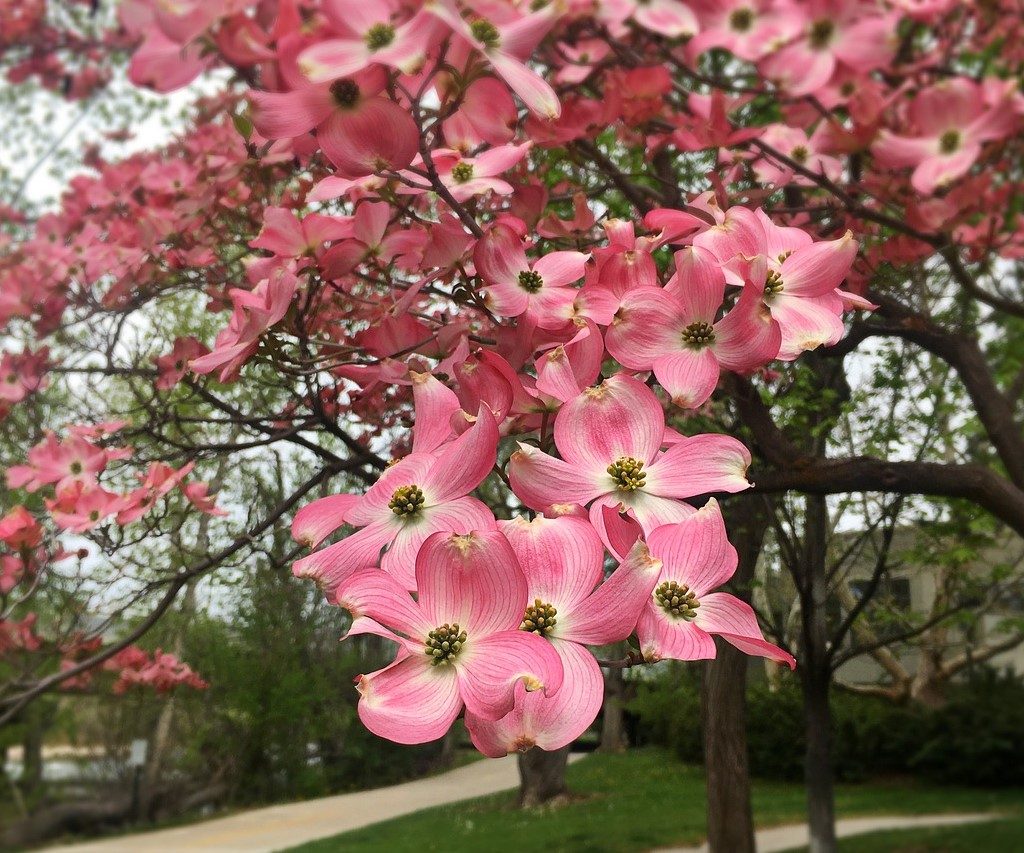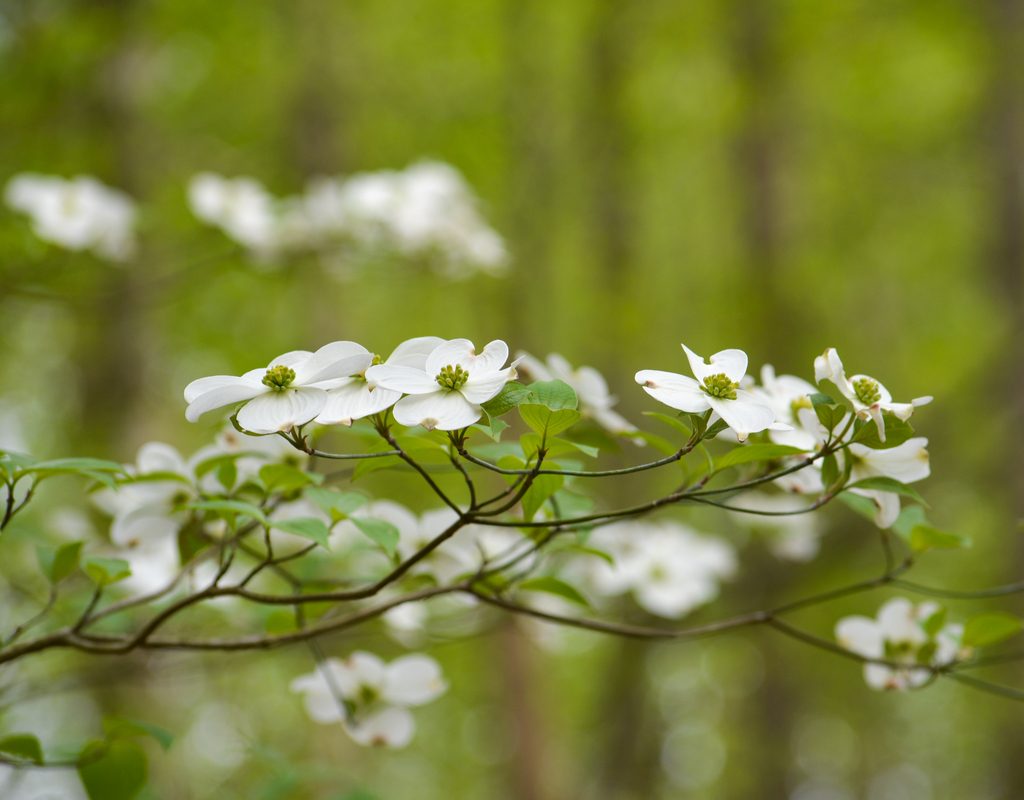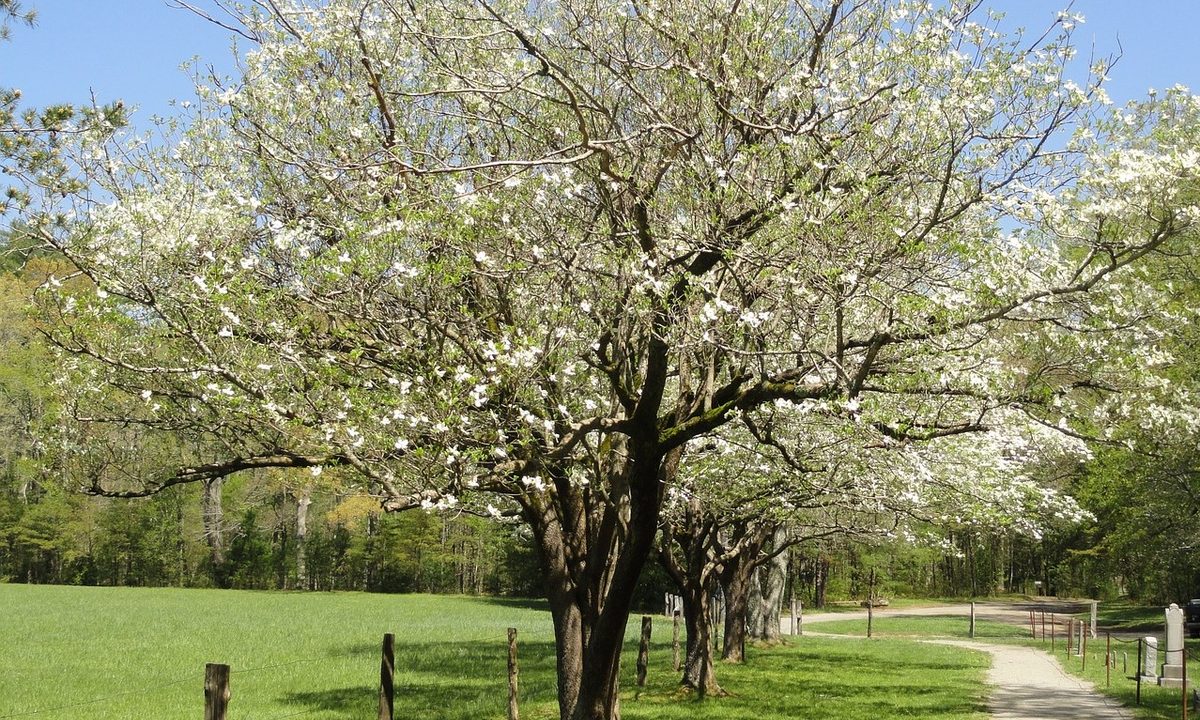If you’re looking for a tree with beautiful flowers, berries that attract birds, and a size that’s neither too big nor too small, then a dogwood may be just the tree for you.
Of course, once you’ve decided to plant a dogwood, you’ll need to know how to take proper care of it. From choosing a planting site and making sure it has all the water and nutrients it needs to knowing how to protect it from pests and diseases, we’ve got you covered. Here's how to plant a dogwood tree.
Picking a planting site
This is how to choose the best planting site for your dogwood:
Step 1: Choose a location with morning sun and afternoon shade.
They tolerate full sun, except in the hottest of climates, but too much sun tends to stress them. A stressed tree isn’t as healthy as an unstressed tree, so planting your dogwood in full sun can increase your tree’s chances of becoming sick, infected with fungus, or infested with pests.
Step 2: Plant your dogwood in rich, well-draining soil.
They prefer soil that is slightly acidic, but will tolerate neutral soil as well.
Step 3: Mix compost into the soil at your intended planting site to help with both the richness and the acidity of the soil.
Add some pine needles or coffee grounds to your compost to boost the acidity of it.

Water
Here's how to best water your dogwood tree:
Step 1: Water your dogwood thoroughly after planting it.
Step 2: Water it daily for the first few weeks after planting.
Step 3: After the first few weeks, water your tree once a week in mild climates or every few days in hot ones.
Step 4: Spread a thick layer of mulch around the base of your dogwood.
Mulch is especially helpful in less mild climates, where water may evaporate or freeze more quickly. Any kind of mulch will do.
Step 5: Keep the mulch out of direct contact with the trunk of the tree.
Mulch rubbing against the trunk of your dogwood, especially when it’s still young, can cause abrasions that leave your tree vulnerable to pests and diseases.
Fertilizers
Dogwoods typically don’t need regular fertilizing, particularly during their first year of growth. If you do choose to fertilize your dogwood during the first year, be very sparing with it. It’s easy to over fertilize young dogwoods, which can weaken or even kill them. Once they’ve reached their second year, your dogwood tree might benefit from fertilizer. However, you may want to test your soil first, so you can avoid a build up of nutrients in your soil.
Compost is an excellent choice for boosting your soil with little to no risk of overloading your dogwood with excess nutrients. Compost is generally well balanced and has a little of everything your dogwood will need.

Pests and diseases
Several types of insects prefer dogwoods for shelter or food, including the dogwood borer and dogwood club-gall midge. However, insects pose little threat to healthy trees, except in the uncommon case of extreme infestations. The best way to protect your dogwood from pests is to keep your tree happy and healthy.
Fungal infections are some of the most common problems found in dogwood trees. Fungi enjoy dark, wet, warm environments with poor air circulation. Since dogwoods enjoy partial shade and consistent moisture, this makes them a prime target, particularly during rainy spring months.
The most common fungal infections in dogwoods are:
- Powdery mildew: A white film across leaves
- Spot anthracrose: Tan and purple spots most visible on the flowers, resembling coffee stains
- Cercospora and septoria leaf spots: Dark brown or black spots on leaves, resembling burn marks
Mild infections can typically be fought off by a healthy tree, but stressed trees or trees that are repeatedly infected are at risk of more serious damage. Here's how to help your tree fight off a fungal infection:
Step 1: Prune infected, sick, or damaged limbs.
Step 2: Clear the ground around the tree.
Step 3: Prune some healthy limbs to thin the canopy of your dogwood and improve the airflow through the branches.
Step 4: Use fungicide in severe or repeated cases.
Now you know everything you need to plant and care for your dogwood tree. Plant it somewhere with afternoon shade, water it well, and keep an eye out for fungal infections. Everything else is up to you. You can plant a few shade-loving flowers underneath its branches, or put out some nice garden furniture in the shade it provides. Your local pollinators and birds will be sure to thank you.



